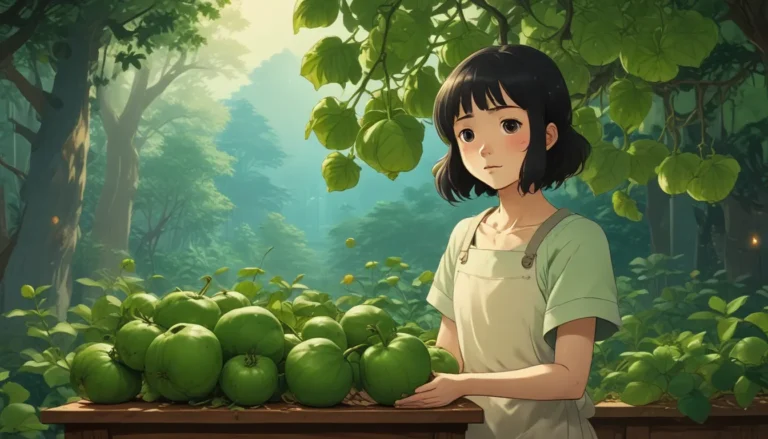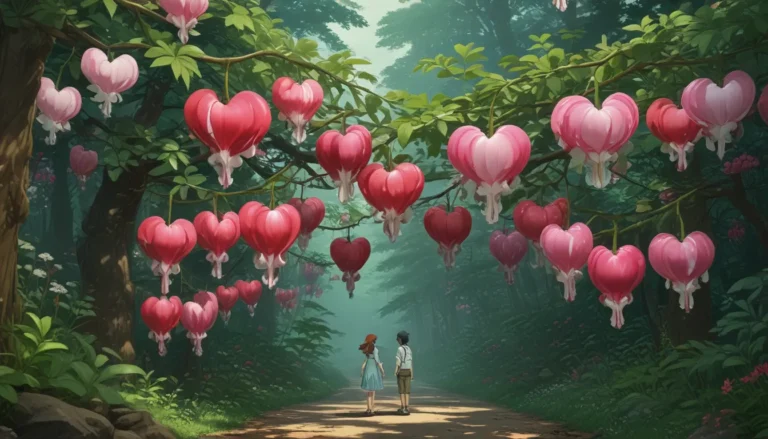Gardening Myths Debunked: The Truth About Planting by the Moon Phase

Have you ever heard about the ancient practice of gardening with the moon? For centuries, people have believed that planting crops according to the lunar phases can enhance their growth and productivity. But is there any scientific basis to this age-old tradition?
In this comprehensive article, we’ll delve into the history of planting by the moon, explore its potential effects on water and plants, and separate fact from fiction. Whether you’re a seasoned gardener or just curious about lunar gardening, you’ll find valuable insights and information here.
Uncovering the Truth
Gardening by the moon is deeply rooted in history, with cultures around the world incorporating lunar cycles into their agricultural practices. The lunar calendar, divided into 28-day cycles, suggests that planting during specific moon phases can optimize plant health and yield.
Ancient civilizations like the Romans, Celts, Mayans, Native Americans, and others have long observed lunar gardening rituals. The Roman natural philosopher Pliny the Elder documented these practices in his book “The Natural History,” emphasizing the correlation between lunar phases and agricultural activities.
Despite its historical significance, the validity of planting by the moon remains a topic of debate. While tradition and folklore play a role in perpetuating this practice, modern science offers a more nuanced perspective on its effectiveness.
The Moon’s Impact on Water
One of the primary arguments for lunar gardening is the moon’s influence on water. Advocates of this practice claim that the moon’s gravitational pull affects soil moisture levels, making water more accessible to plants during specific lunar phases.
While the moon exerts a significant influence on ocean tides, its impact on terrestrial water bodies like lakes and rivers is minimal. The gravitational forces at play are insufficient to cause substantial fluctuations in soil moisture or plant hydration.
Contrary to popular belief, the moon’s influence on groundwater availability and plant water uptake is limited. Scientific studies indicate that other factors, such as soil composition and environmental conditions, have a more significant impact on plant growth and water utilization.
The Moon’s Influence on Plants
Despite the limited effect on water, the moon may exert subtle influences on certain plant behaviors. Some plants exhibit lunar-related phenomena like synchronized flowering, root growth orientation, and leaf movements.
For example, coral spawn timing aligns with lunar cycles, while certain plant species release pollen in coordination with the full moon. These observations suggest a potential link between lunar phases and plant biological processes.
Moreover, studies have shown that moonlight exposure can affect seed germination rates in specific weed species. The absence of light during low moonlight periods may inhibit seed germination, highlighting the intricate relationship between lunar cycles and plant physiology.
While further research is needed to fully understand the implications of lunar gardening, these findings underscore the complexity of plant-moon interactions. Exploring this uncharted territory could unlock valuable insights into sustainable gardening practices.
Deciphering Lunar Gardening
In light of scientific evidence, the question remains: Is gardening by lunar cycles a reliable practice? While anecdotal experiences may suggest positive outcomes, empirical data on the subject is limited.
Despite the lack of conclusive evidence, lunar gardening continues to intrigue enthusiasts seeking alternative approaches to plant cultivation. Whether you choose to embrace this tradition or rely on established gardening methods is a matter of personal preference.
Ultimately, the harmony between lunar cycles and plant life remains a fascinating area of study, inviting further exploration and reflection. As we navigate the intricate web of nature’s rhythms, the moon’s enchanting presence in the garden adds a touch of mystery and wonder to our horticultural pursuits.
Embracing Lunar Wisdom
As you embark on your gardening journey, consider the role of lunar cycles in shaping the natural world around you. While scientific inquiry sheds light on the mysteries of the moon, the allure of ancient traditions and folklore continues to captivate our imagination.
Whether you plant by the moon’s glow or under the sun’s warmth, gardening remains an art form that celebrates the interconnectedness of all living beings. As you tend to your garden with care and dedication, may the wisdom of the moon guide your hands and nurture your plants with gentle harmony.
Do you practice lunar gardening? Share your experiences and insights in the comments below! Your unique perspective adds to the rich tapestry of gardening wisdom that weaves through the ages.
For more intriguing articles on garden myths and folklore, explore our curated selection of informative resources:
- Are Plants that Repel Mosquitos a Scam?
- Plant Folklore: Myths, Magic, and Superstition
- Garden Folklore Galore: Reviewing Popular Garden Myths
Join us on this journey of discovery and revelation as we unravel the secrets of the natural world and embrace the wonder of gardening in all its splendor.





